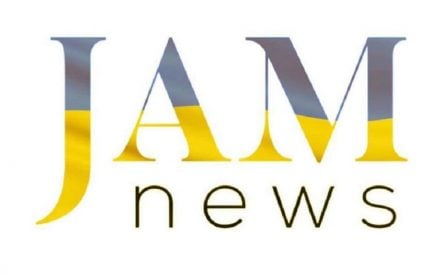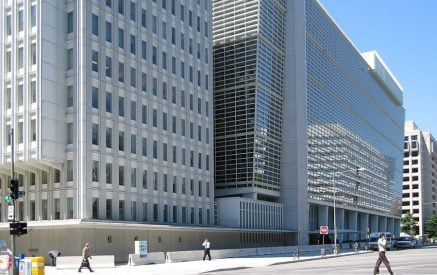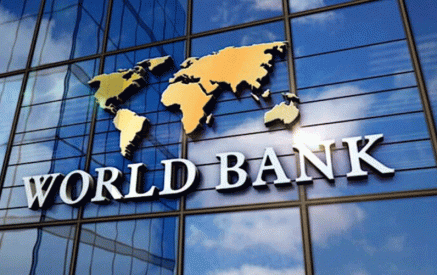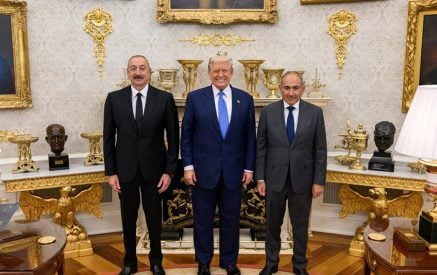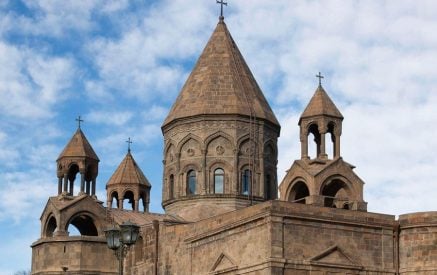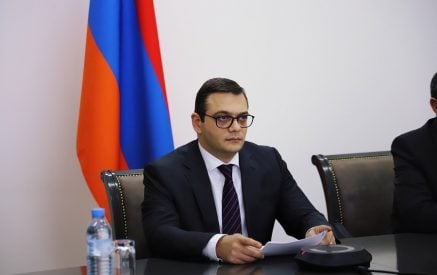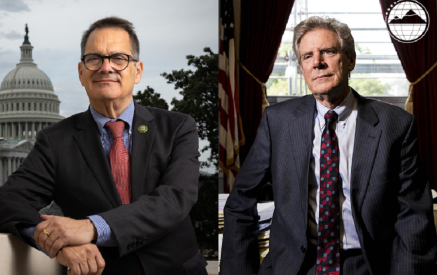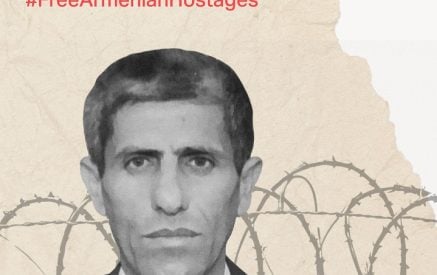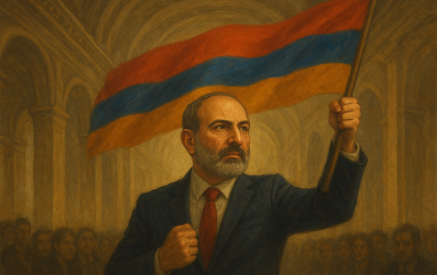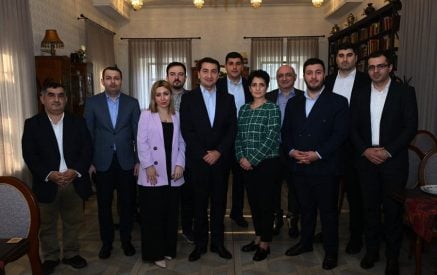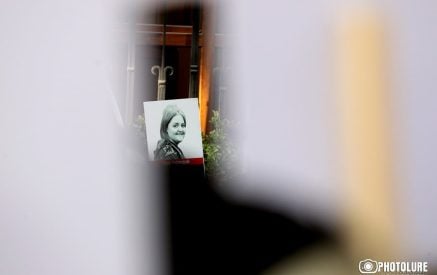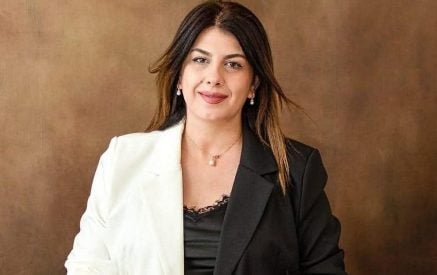All democracies are alike; every autocracy is autocratic in its own way
Armenia and Russia, along with Belarus, Azerbaijan, and the Central Asian states, are quite similar in terms of state morals and the reality of their political regimes.
Take, for example, the “weight” of officials in these countries. The efficiency of Pashinyan’s bureaucrats, their reputation in society, or—in the case of diplomats—their standing in the international arena, has little to no impact on their actual influence or “strength.” What truly matters is how much the boss likes them. As Nicholas I famously said, “The one with whom I speak is noble—and only as long as I speak to him.”
If Lusine Badalyan is appointed Speaker of the National Assembly, Hovhannes Azoyan becomes Prosecutor General, or a high school graduate is made President of the Republic of Armenia (and I use the word “appointed” deliberately—because in reality, all are appointed by Pashinyan), nothing fundamentally changes. Because the chief deputy, the chief policeman, and the chief diplomat is Pashinyan himself.
Read also
The same logic applies in Russia. When people comment on how Lavrov negotiated this or that, or whether he is a skilled diplomat, it’s mostly empty talk. Lavrov will say and do what Putin tells him to say and do, because he does not represent an institution with its own power. That cannot be said of U.S. Secretary of State Marco Rubio—even if some see Trump as erratic or authoritarian. In well-established democracies, each state institution has clearly defined powers, and every official operates within those boundaries. The more effectively the institution functions, the stronger the position of the person leading it.
Of course, there are also differences between Russia and Armenia—chiefly the degree to which criminal networks are embedded in the system. I recently watched parts of the Russian TV series “The boss” . I wouldn’t call it a masterpiece, but the third season (from 2015), set in a small provincial town, seems to capture how governance in Russia actually works. From the city administration to the police and even taxi drivers—everyone pays and gets paid. Criminal structures, to put it simply, act as the “roof” over all of it.
My interest is not in Russia itself, but in understanding how to interact and cooperate with it—because, unfortunately, we have no real alternative. The traits I described must be acknowledged. Of course, we should avoid characters like the infamous Sochi businessman (as happened in the past), but our state structures must at least know who is “solving issues” at various levels. The approach must be strictly pragmatic.
The structural similarity between authoritarian systems—the dynamic between “bosses” and their “yes-men”—does not, in itself, ensure effective cooperation. What often undermines this is, for example, the Armenian government’s habit of “playing European games,” while at heart remaining a thoroughly Asian-style autocracy. These games inevitably irritate the Russians. By contrast, Azerbaijan, which has a similar regime, does not indulge in such behavior.
And most importantly, we must remember a well-established political science principle: democracies usually find common ground with one another more easily than autocracies do. Or, as Leo Tolstoy put it, “All happy families are alike; every unhappy family is unhappy in its own way.”
Aram ABRAHAMYAN









